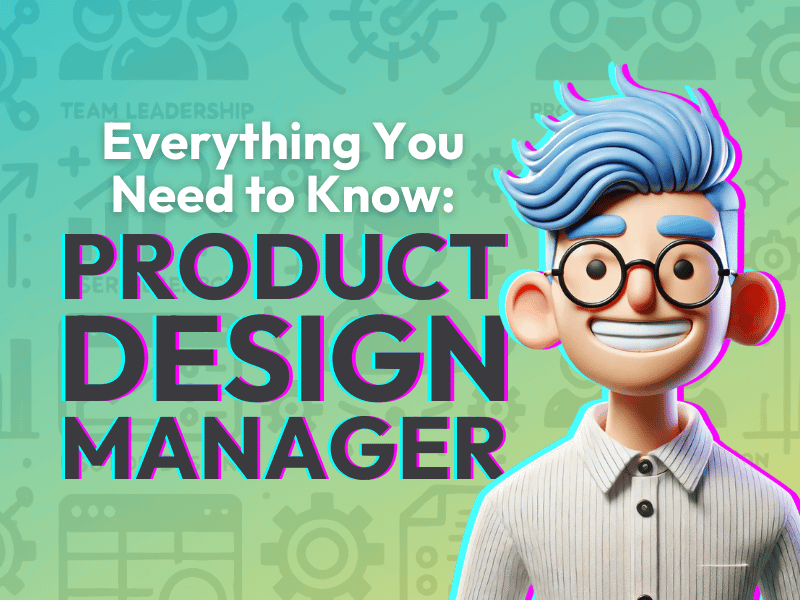Transform from Engineer to Product Manager
“Product Management is where the money is.”
That is what my friend who is now a product manager told me.
So today I am typing this to help you make the big bucks.
Well, big yens because we are based in Japan.
To learn how to make this transition, I spoke with Taylor Wiles.
Taylor is a Senior Community Specialist in Tokyo, spending her days talking with product managers about how they got to where they are.
She offers these tips to guide you on your path to the PdM life.
Let’s map out your career!
But first, let’s learn exactly what a Product Manager does.
Understanding the Role of a Product Manager
As a PdM, you'll be in charge of the product roadmap.
You will gather feedback from all stakeholders including the C-Suite, Users, and the development teams, and turn this into an actionable product roadmap.
This means you'll be:
Deciding on product features
Figuring out how to implement them
Choosing the right technology and programming languages
You need a technical background or be comfortable talking with tech folks to understand what's possible.
How One Engineer Made the Switch
Let's look at a real-life example of a senior engineer who successfully became a PdM.
He had been with his company for a long time and naturally started taking on more responsibilities, like deciding on product features.
This gradual shift set the stage for his transition.
Here’s How He Did It:
Took on More Responsibilities: As a senior engineer, he started handling tasks related to product management, like feature decisions and contributing to the product roadmap.
Worked Across Teams: He collaborated closely with business planners, data analysts, data scientists, and other tech teams.
Improved Communication Skills: He got good at explaining technical stuff in Japanese to non-technical folks, which is super important for PdMs in Japan.
How You Can Do It
1. Move Up Within Your Company
Take On Senior Tasks: Start by gradually taking on more senior responsibilities, like joining product roadmap meetings and understanding the bigger business picture.
Put Your Hand Up: Look for chances to be part of cross-functional meetings. Show that you know how to manage engineering resources to deliver features.
2. Apply for Junior or Assistant PdM Roles
Highlight Transferrable Skills: When you apply for these roles, make sure your resume clearly shows how your current responsibilities can transfer to a PdM role.
Show Leadership: Even if you don't have the title, demonstrate your experience in mentoring juniors, conducting code reviews, and participating in career development.
What is The Difference Between PdM and PM?
While both roles need strong skills, a Project Manager (PM) doesn't always need specific technical experience.
On the other hand, a PdM needs to have product decision-making experience and a good grasp of the technical side
Keep This in Mind
Whether moving into a Product Manager or Project Manager role, you will no longer be hands-on-keyboard coding.
You will be overseeing the development and delegating tasks to the appropriate developers.
Communication between stakeholders becomes the bulk of your work.
This is a stark contrast to the developer positions where you are only responsible for your own work.
If this sounds like the step you want to take, message us using this link to find out what Product Manager positions are open in Tokyo right now.
Stay tuned for our next article, where we will explore how to become a Technical Product Manager.























